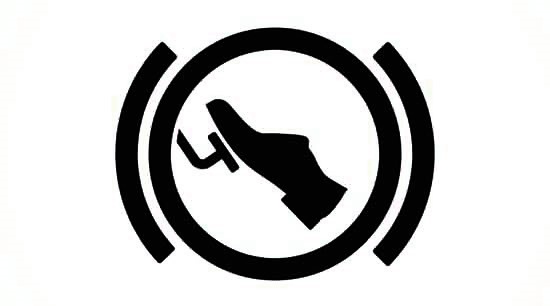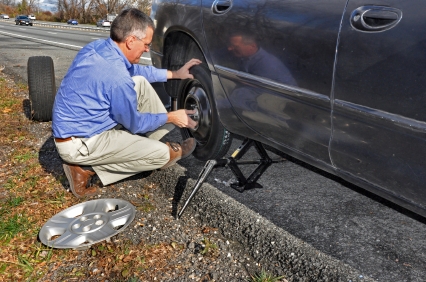ABS: Anti-Lock Brake System – If you’ve got a vehicle that’s more recent than the late 90’s, chances are it’s got antilock brakes and traction control. These are great features that went from being an optional feature to being standard equipment on most vehicles. ABS Brakes have actually been around since the late 70’s; it’s an aircraft-derived technology that uses sensors to detect the rotational speed of each wheel, and then a controller uses sensors to detect the rotational speed of each wheel, and then a controller uses valves and pumps to meter braking effort accordingly when it detects a wheel that may be on the verge of locking up and skidding.
Traction control uses a processor (sometimes integral with the ABS controller) that monitors rotational speed of the wheels and uses braking friction to slow a wheel that may be spinning faster than the others and losing traction. More advanced traction control systems might also use the powertrain and control module (PCM) to cut engine torque by reducing fuel metering, controlling the throttle, retarding engine spark or even shutting down cylinders. Some vehicles have a button to override and disengage traction control, since wheelspin can be useful if you need to get out of the mud or snow.
As helpful as traction control and ABS are, though, newer vehicles are available with an entire suite of more sophisticated safety and crash avoidance features. We’ll look at all of them and how they work together to keep you safe.



